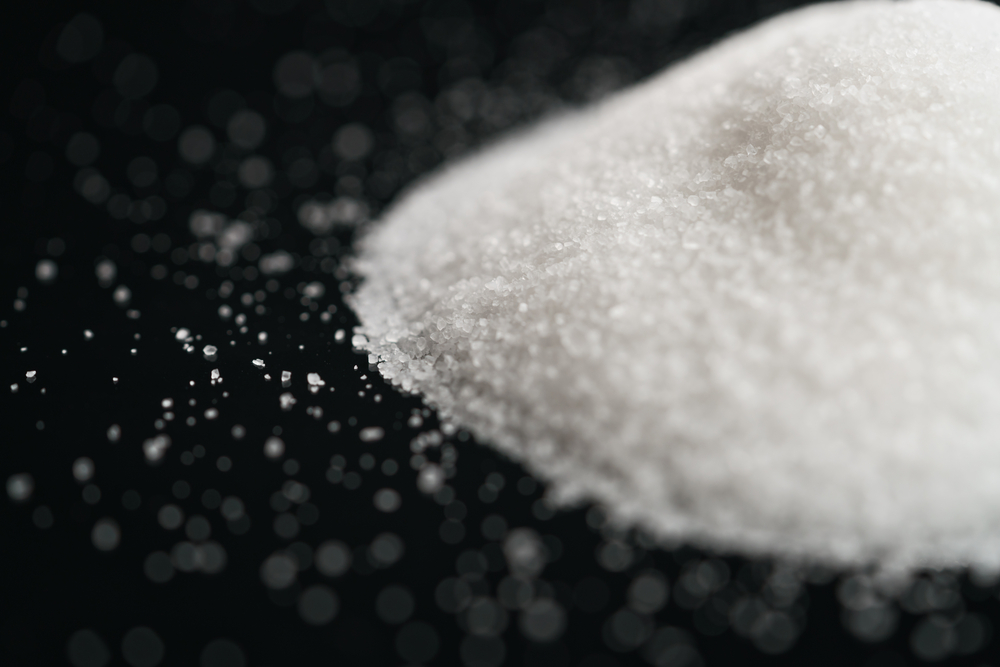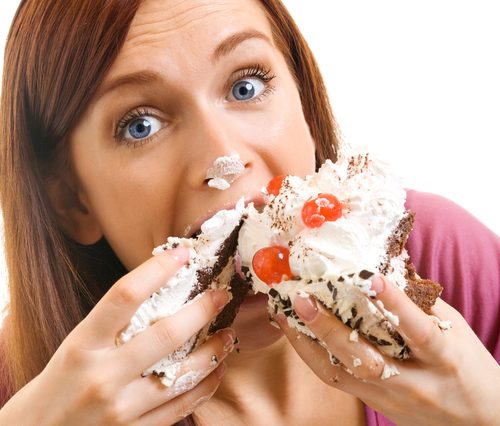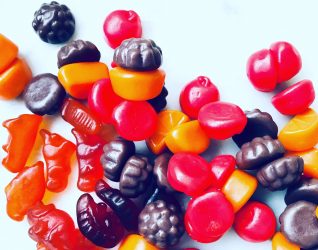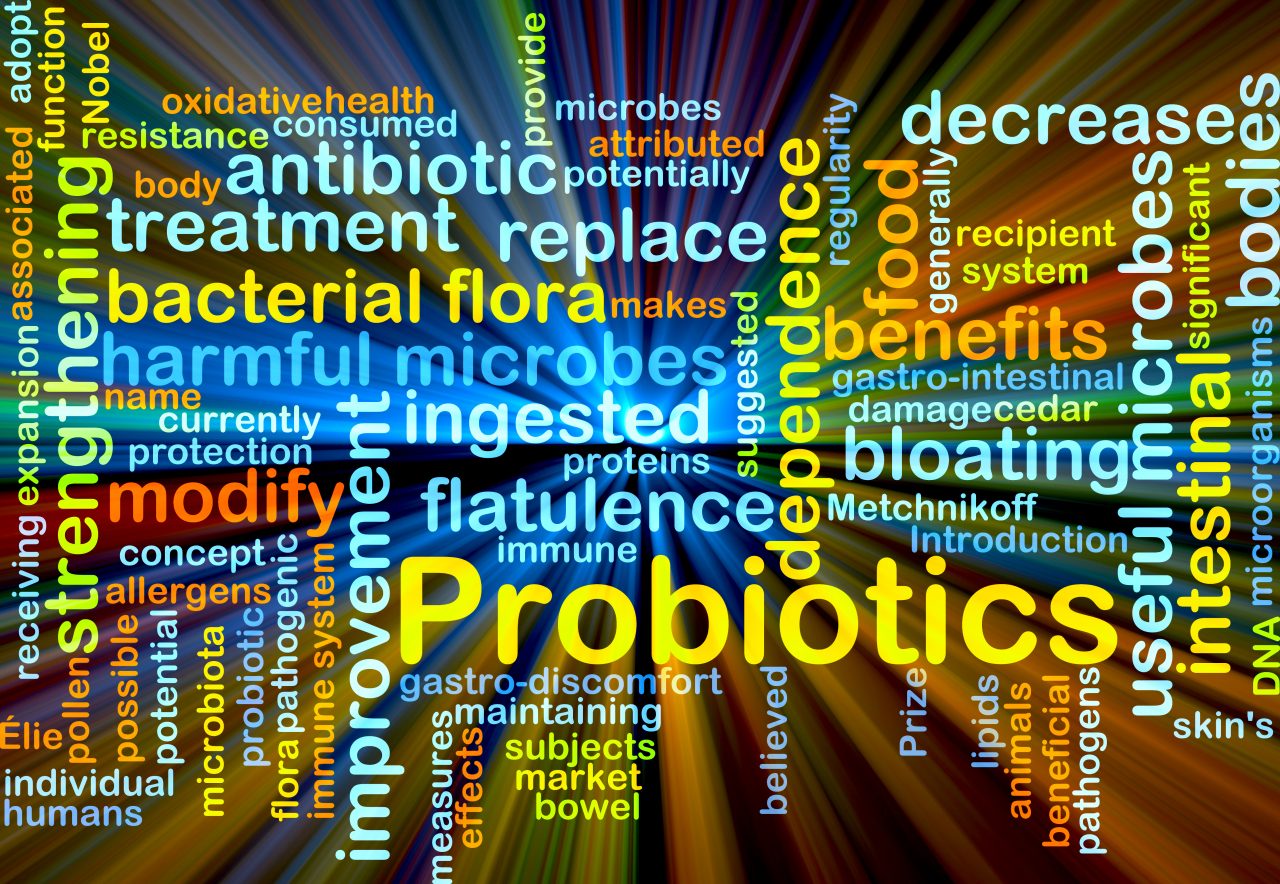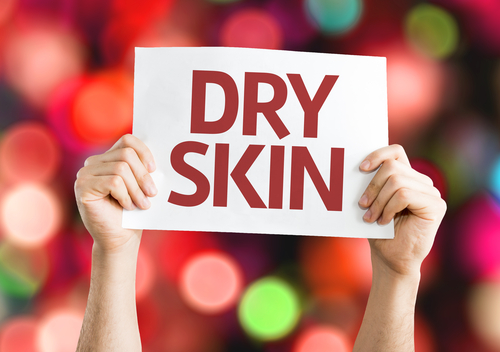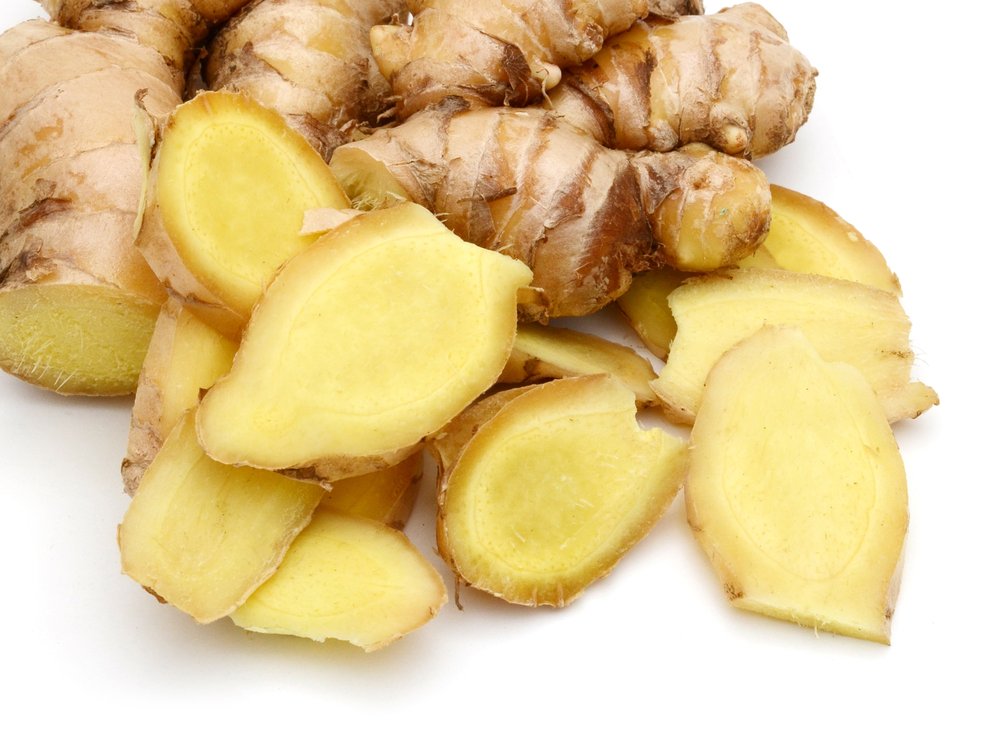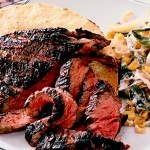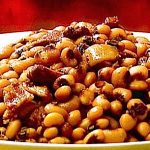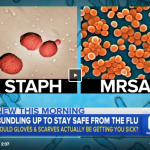How Much Sugar is Hiding in the Foods You Eat?
Sugar is a scary thing for all of us, especially our kids who are just forming their relationship with food. Unlike the monster hiding under the bed, who can only give you a startle, sugar can contribute to obesity, type II diabetes and heart disease. To make matters worse, sugar can be addictive, as anyone who has ever tried to eat one bite-sized Snickers can tell you. Allowing your kids to eat too much sugar now runs the risk of them developing potentially very dangerous food habits in the future.
I try to limit the junk food, I put a one-piece limit on candy and I say “No” to soda – almost always. Before I hurt my shoulder trying to pat myself on the back, this type of dietary vigilance is only part of the battle. As I was reminded in a recent interview with Dr. Oz, guru of all things nutritionally sound, it is the hidden sugars in processed foods that can sneak up on you and cause real damage while your guard is down.
First, a very quick sugar tutorial. Sugar is a carbohydrate known as sucrose. It is composed of molecules of glucose (a.k.a. dextrose) and fructose, and it can be called different names, like cane juice, fruit juice, simple syrup and the most dreaded of all, high fructose corn syrup. While some forms may raise a yellow flag more than others, the truth is, they are all pretty bad for you, and have no nutritional value.
READ: A Sugar By Any Other Name
The American Heart Association recommends a maximum daily intake of added sugar for adults of 6 – 9 teaspoons (women less than men), and for kids aged 4-8 of only three teaspoons. You may be thinking, “We are way under. I have two in my coffee and maybe one sweet snack a day. I don’t add sugar to any of my kids’ snacks or meals. We are good.” Not so fast. Check out the sugar content in the following foods. You may be shocked. I find it helpful to use a teaspoon and a Snickers Bar as a basis for comparison.
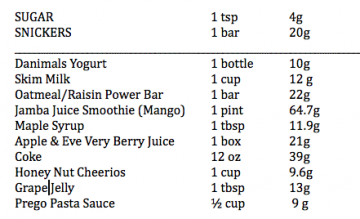
You get the idea. It is important to remember too, most of the time your kids are ingesting more than just one serving. My kids eat huge bowls of cereal, way more than one cup. So, that bowl of cheerios with milk in the morning could have upwards of 40g of sugar. Yikes!
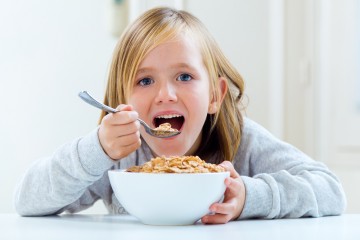
Don’t beat yourself up if you‘ve been ignoring the sugar lurking on your child’s plate. It is not easy to spot. Because it has no fat, and we are so conditioned to look at fat, it is easy to hide. The good news is the FDA has proposed changes to nutrition labels, which aim at making added sugar content more transparent. Of course, this will be one more thing for parents to worry about, but unlike the monster under the bed, this one warrants the concern.
Originally posted November 2015
READ: More About the Short Term Side Effects of Sugar Here
Lucky for us, with moderation, sugar isn’t bad. For tips about how to use sugar in a sensible way while cooking or baking, check out this guide to sugar from Foodal.
Could Probiotics Help What’s Ailing You?
Our Picks for Dry Winter Hands

